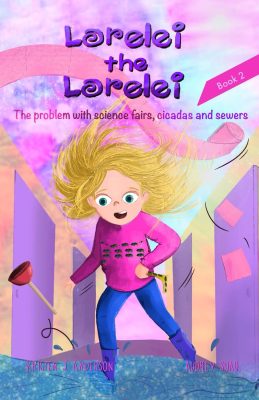|
Listen to or download this article:
|
A vivid, mystical tale of a young girl coming of age amidst her people, the Ponca, on the Great Plains, in the early 1800s. This prize-winning novel, Big Horse Woman by Barbara Salvatore, offers poetic imagery and a glimpse of the world seen through the eyes of a gentle healer and powerful seer.
Water Willow is born under a black willow tree, daughter of an enchanting songstress mother, a fearless hunter father, a “seed carrying” grandmother known for her understanding of curative plants, and a grandfather who carries the secret lore of bears. She will inherit properties of all of them. The child bears a visionary gift that will be articulated when she reaches four years of age, so clear then that the whole tribe gathers to listen: enemies are on the way, and all must flee to the yet undiscovered site of a big white sycamore tree. Once there, they find protection and nature’s abundance and can settle in their new home, Planting Creek.
As Water Willow grows, she continues to have visions, some of them too horrible to share.
She sees the inevitable slaughter of a young man who wishes to take her as his wife. Water Willow acquires the secrets of communication with animals, hones her hunting skills, and develops her knowledge for using particular plants for healing. Her name becomes Big Horse Woman when she rescues a colt drowning in a flash flood and tames him even as he grows to great size.
Maturity brings expanded inner sight, making her realize that wisdom can cause pain as well as prosperity.
Big Horse Woman’s people, now under the subtle sway of white men invading their homeland, bringing disease and discord, are less prepared to follow her wise message: “We will not grow tall corn or live long if war is what we seek.”
So Big Horse Woman will take to the wilderness with her Big Horse and her wolfish companion, Ears Up, becoming a loner and absorbing needed knowledge at each turn of her new-made path. Discovering a hidden bag of corn seed on the trail, she begins to realize they are close to their old home, and she must follow the clues as she moves on.
One remarkable feature of Salvatore’s authorship is the diligence, the undeniable effort she has made to create this story.
A lengthy segment following the tale gives a factual underpinning for the Ponca people’s history, language, and the many glowing images that infuse the narrative, a combination of prose and poetry appropriate to the magical universe inhabited in the heart of its heroine. When Water Willow brings home a scrap of beautifully decorated cloth found on the horns of a buffalo, she is unwittingly bringing smallpox to plague herself and her extended family, one of the eerie “legacies” of early white settlement of the West.
A gripping reference to a historically recorded shower of shooting stars on November 13, 1833, heralds the girl’s incarnation. Descriptions of the women’s cures drawn from their natural surroundings will be comfortably recognizable to anyone familiar with herbal remedies in the modern era. With these and other salient references, Salvatore shows her admirable devotion to her setting and her subject. Salvatore’s book is the first in what she has titled the Big Horse Series and will doubtless garner a wide readership for this work and its sequels.
Big Horse Woman won 1st Place in the CIBAs Laramie Book Awards for First Nations Historical Fiction and is one book we highly recommend!













Leave A Comment